
INSIDE THIS ISSUE
TOP REASONS TO JOIN IRHACE CONVENTION SITE VISIT
IRHACE ATTENDS AASA
COMMERCIAL KITCHEN EXHAUST
EFFLUENT & TREATMENT OPTIONS
ENCYLOPEDIA OF REFRIGERATION
AUGUST 2022 irhace.org.nz
Industry Journal for the New Zealand Refrigeration, Heating, Ventilation & Air Conditioning Industries
The

1
To gain access to those who influence the laws and regulations that govern our industry, such as the government
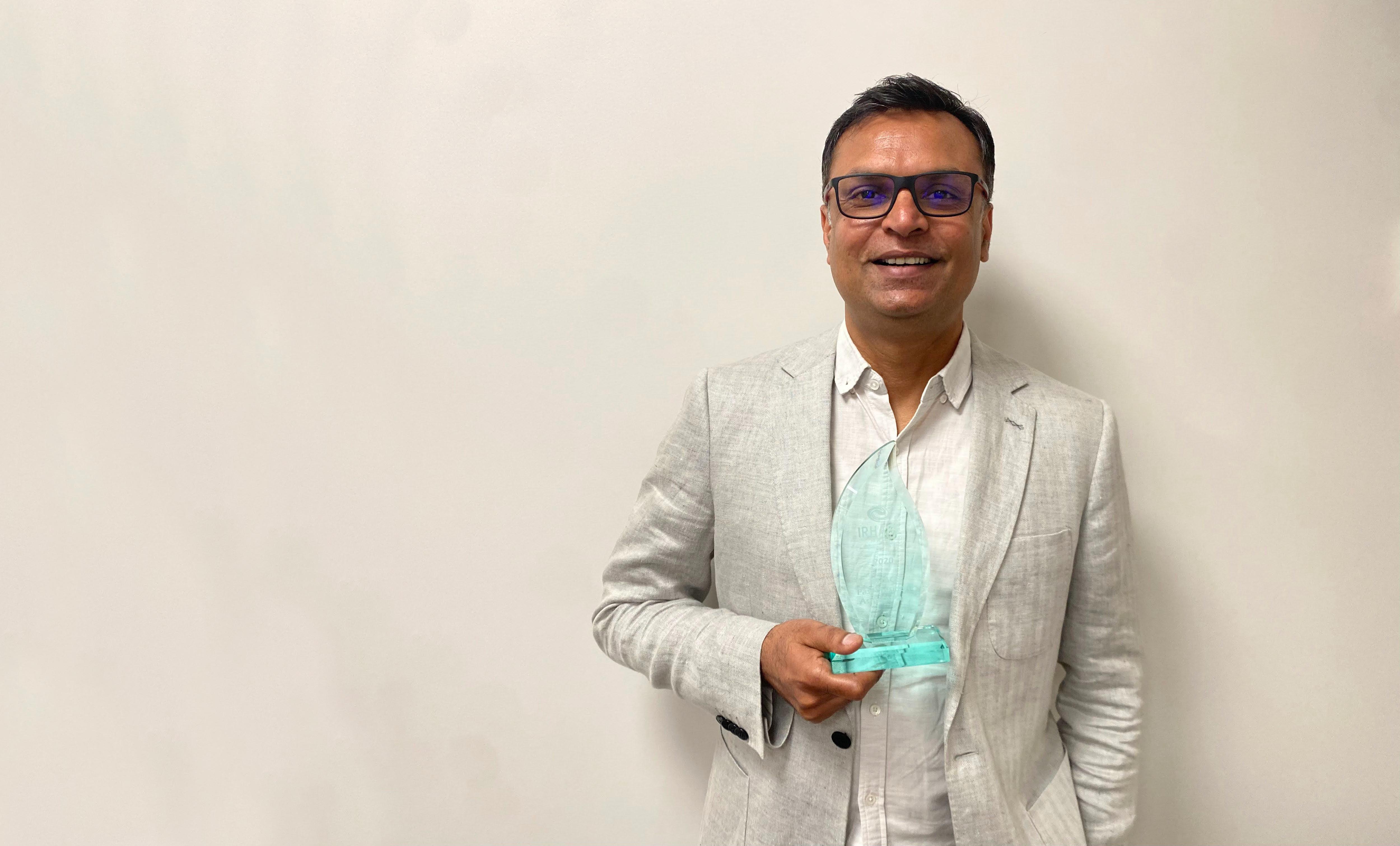
2
To gain recognition in the industry to assist with career fulfilment.

3
To have a forum to upskill knowledge in the industry related forums such as presentations, webinars, trade nights and workshops.


4
To gain access to others involved in the industry through networking opportunities provided in the form of conferences, committee participation, and social events
WHY BECOME A MEMBER OF IRHACE
Membership is the lifeblood of our existence. The greater the representation of our industry we gain, the stronger our Institute will be. There are several types of membership ranging from Associate member to a full member M.IRHACE either by experience or qualification. Regional branches hold committee meetings, product forums, site visits, seminars, and social events, these are organised for members within their region. Our members tell us these are the top reasons for joining IRHACE.
M.IRHACE by Qualification
“I am a qualified HVAC&R Professional wanting to join a professional industry association”.
M.IRHACE by Experience
“I have experience in the HVAC&R industry that shows my technical competence equivalent to a M.IRHACE Qualification”.
Associate Member
“I am training in refrigeration, heating, air-conditioning or I have other qualifications applicable to engineering”.
A liate Member
“I am supportive of the HVAC&R industry but do not qualify for either Member or Associate”.
irhace.org.nz AUGUST 2022
Want to know more? If you have questions or want to speak directly with our membership team, you can contact us at admin@irhace.org.nz TOP 4 REASONS TO JOIN
Ashwin Patel, M.IRHACE

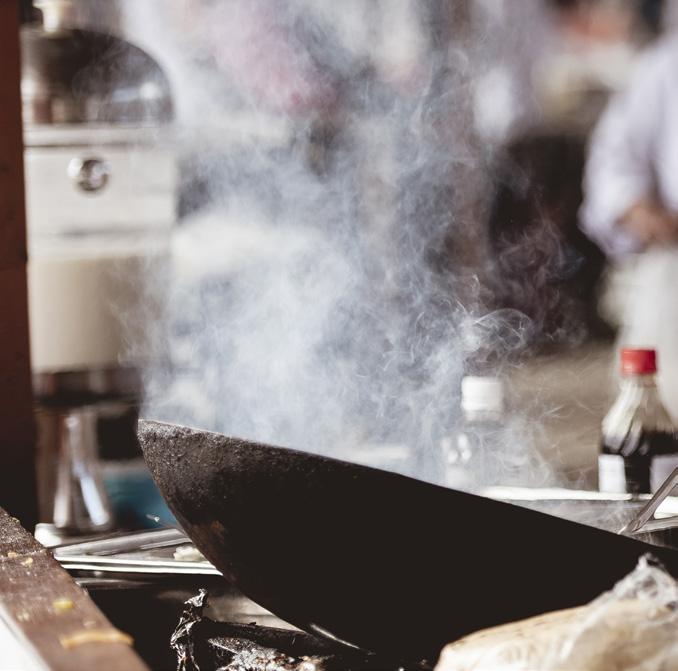

Enjoying dinner at a restaurant with friends and family may seem like a very normal experience but behind delivering the meal to your table is the generation of airborne effluents resulting from the cooking process.

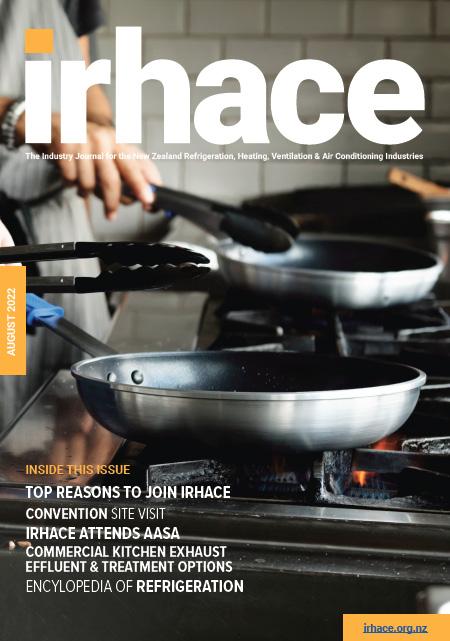
1 ISSUE: AUGUST 2022 INSIDE THIS ISSUE Convention Site Visit Share Your Story IRHACE attends AASA Commerial Kitchen Exhaust Effluent Encylopedia of Refrigeration 9
23 29 6 7 8 9 21 Official Journal of the Institute of Refrigeration, Heating and Air Conditioning Engineers of New Zealand Inc (IRHACE), Climate Control Companies Association New Zealand (CCCANZ), and Refrigerant Licence New Zealand (RLNZ) The Industry Journal for the New Zealand Refrigeration, Heating, Ventilation & Air Conditioning Industries
PUBLISHER
IRHACE/CCCANZ/RLNZ
IRHACE: www.irhace.org.nz CCCANZ: www.cccanz.org.nz RLNZ: www.rlnz.org.nz
EDITOR
HVAC&R Centre admin@irhace.org.nz
MEMBERSHIP
admin@irhace.org.nz admin@cccanz.org.nz
REFRIGERANT LICENSING & COURSES
admin@rlnz.org.nz
ADVERTISING admin@irhace.org.nz
DESIGN
Bellacreative Ltd
HVAC&R CENTRE
PO Box 217184
Botany Junction 2164 Auckland, New Zealand
e: admin@irhace.org.nz e: admin@cccanz.org.nz e: admin@rlnz.org.nz
No part of this journal may be printed in other publications without prior written permission of the Managing Editor.
Disclaimer: Statements expressed in this publication do not necessarily reflect the policies or views of the associations, and members of IRHACE or CCCANZ. The IRHACE Journal publishes both local and international articles. Standards and or practices may differ from current New Zealand standards and or practices used. No responsibility is accepted by the associations and editor for the accuracy of information or for errors or omissions. The IRHACE Journal is distributed to all the IRHACE and CCCANZ financial members.
ISSN 01148257
MARK MEYER
IRHACE President

People often ask me “Why be a member of IRHACE?” My fundamental reason is to give back to the industry that provides us all with a career , promote, drive, and encourage proper and safe practice, keep up to date with the everchanging landscape of building regulations, charge limits and alternative Refrigerants. Another reason is to gain access to others involved in the industry through networking opportunities provided in the form of conferences, committee participation and social events.
There have been several events across New Zealand including:
• The IRHACE Canterbury/Westland Branch held a site tour of the recently opened and controversial new Te Pae Convention Centre in central Christchurch on June 20th. The site visit was the first for Canterbury in over 2 years following the past events and curfews imposed by the COVID presence in New Zealand.
• Our industry associations (CCCANZ/IRHACE/RLNZ) attended the BuildNZ, Facilities Integrate and The National Safety Show at the ASB Showgrounds, Auckland in July.
• Canterbury hosted a Trade Night in Christchurch in July 2022.
In June, both CCCANZ and IRHACE held their Annual General Meetings for the year ended 31 Dec 2021. These were well attended and were held online via Zoom meetings
Read the IRHACE Annual Report
READ PART 1

READ PART 2

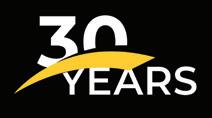

irhace.org.nz AUGUST 2022
www.S-5.com | +64 21 211 0050 ® Mount HVAC and Utilities on Exposed and Concealed-Fix Metal Roofing Durable and Reliable All non-corrosive metals Installs in Minutes System requires only the struts, clamps/brackets & tabs
Mounting for a Variety of Applications Adjustable in both axes
Versatile
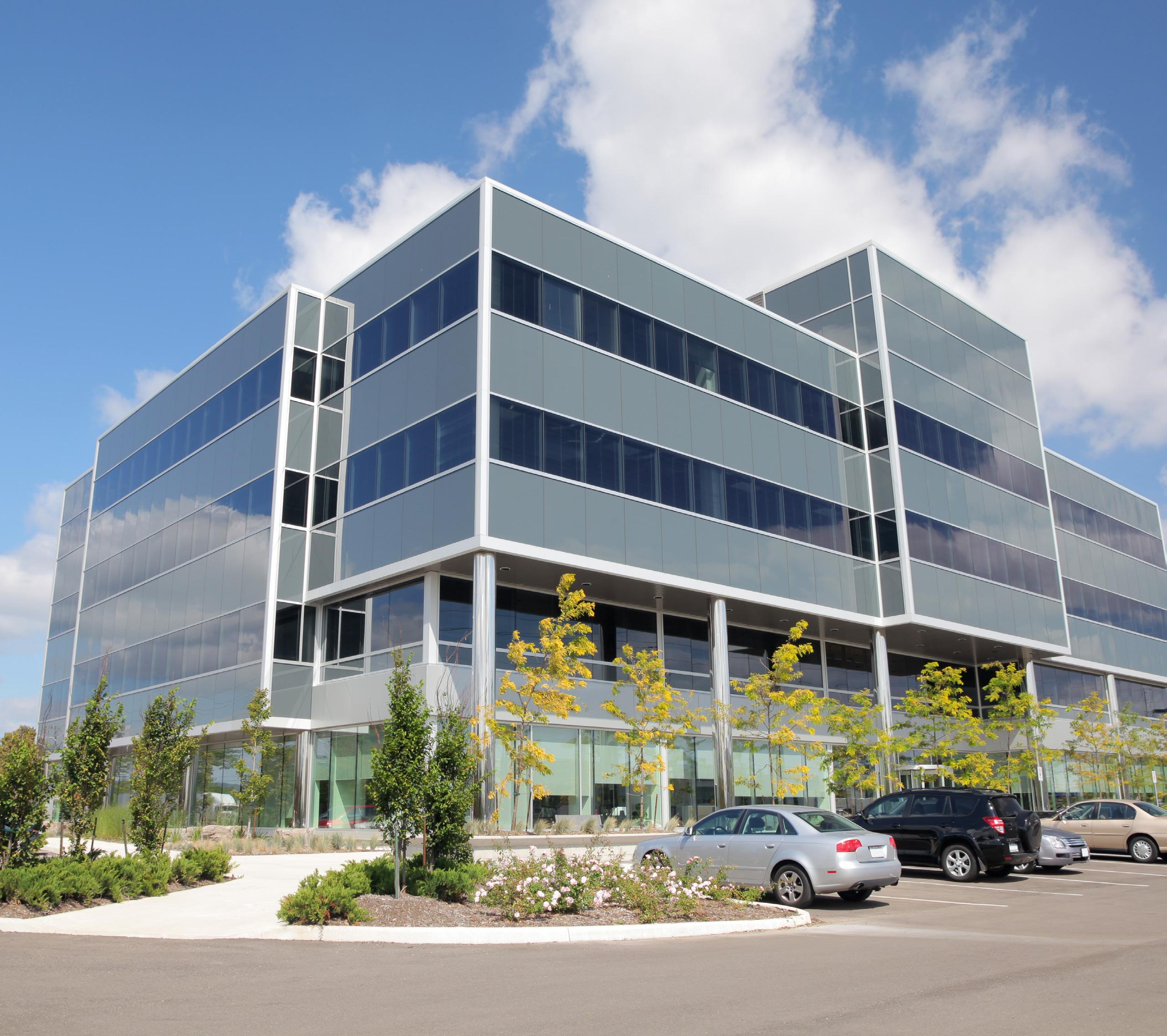
Fire Dampers you can rely on.
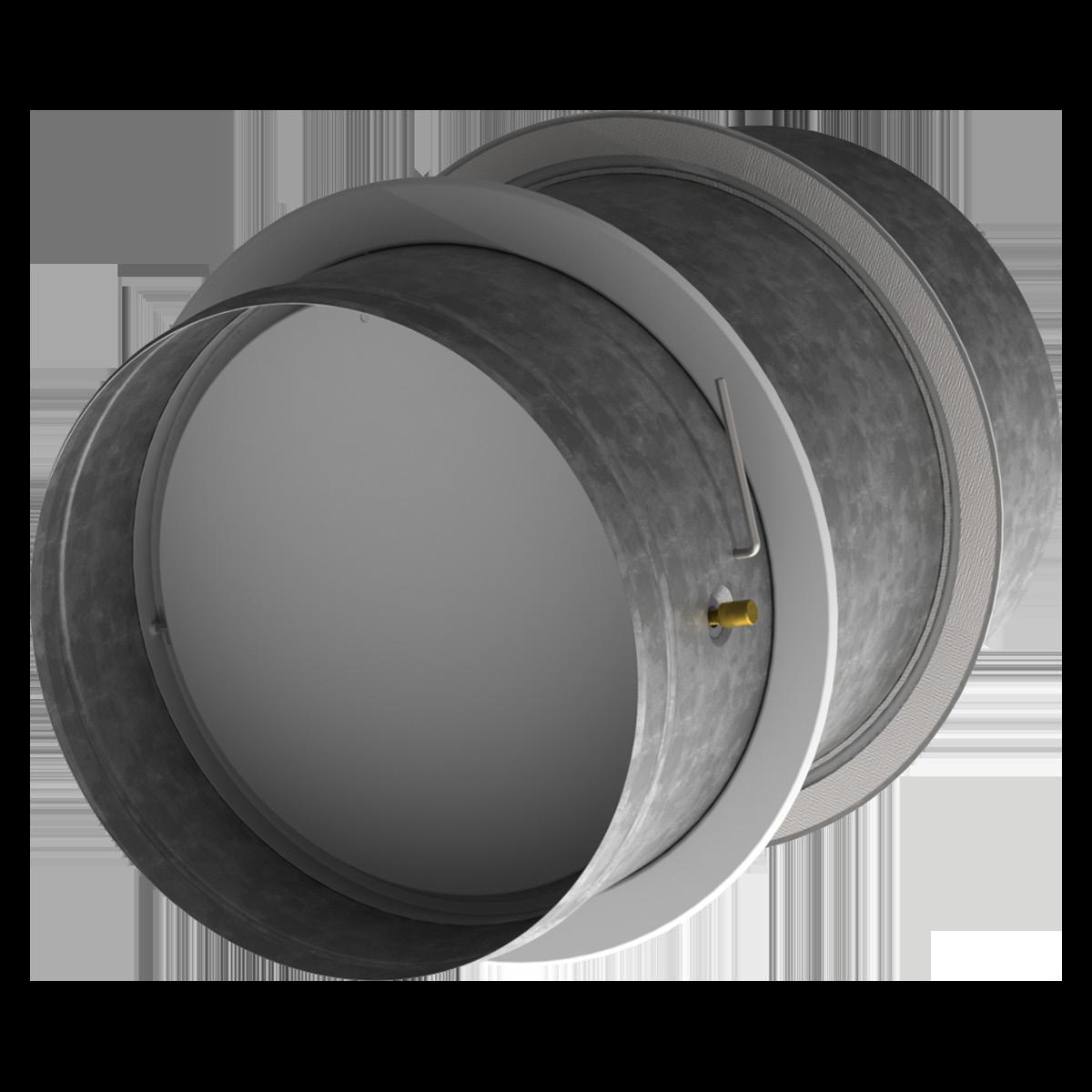

LR DAMPERS
Fully compliant with the latest testing standards AS 1530.4 - 2014 and AS 1530.7 - 2007, LR Fire, Fire-Smoke, Smoke (Exhaust) and Balancing Dampers are easy to install, with a swift turnaround time to meet market demand.
Available in seven diameters: 100 | 125 | 150 | 200 | 250 | 300 | 350 mm
CONTACT YOUR LOCAL HOLYOAKE BRANCH TO LEARN MORE ABOUT THE LR DAMPER SERIES
AUCKLAND
auckland@holyoake.com
+ 64 9 274-4144
WELLINGTON
wellington@holyoake.com
+ 64 4 232-2722
CHRISTCHURCH
christchurch@holyoake.com
+ 64 3 366-6545
3



irhace.org.nz AUGUST 2022
Fire Damper
latest testing standards. LR Damper Series AS 1530.4 - 2014 and AS 1530.7 - 2007 compliant
The
that meets the

LR
FIRE / FIRE AND SMOKE / SMOKE AND BALANCING DAMPER
Fully compliant with the latest testing standards AS 1530.4 - 2014 and AS 1530.7 - 2007, LR Fire, Fire-Smoke, Smoke (Exhaust) and Balancing Dampers are easy to install, maintain, and test with a swift turnaround time to meet market demand.
The LR Damper is designed to impede the spread of fire and smoke between building compartments while maintaining the barrier’s integrity.
The low-leakage damper blade assembly with blade-tip sealing ring forms a solid barrier against flames, smoke, and hot gases. Leakage performance is guaranteed by our stringent quality-control process conducted on each damper.
A patented clamping system ensures minimal onsite labour, with no sealant and no fixings required. Only a flat head screwdriver is required for the quick and simple installation of the LR Damper.
The unit comes complete with mounting flanges, jubilee clip, and the patented heat shield which is supplied for plasterboard applications.
FEATURES:
• Fire integrity rated for up to 4 hours with smoke leakage below 50l/s.
• Adjustable blade for airflow balancing.
• Easy test and reset fusible link.
• Simple installation with flat head screwdriver utilising patented clamping system.
• No sealant or fixings required.
• Minimal onsite labour.
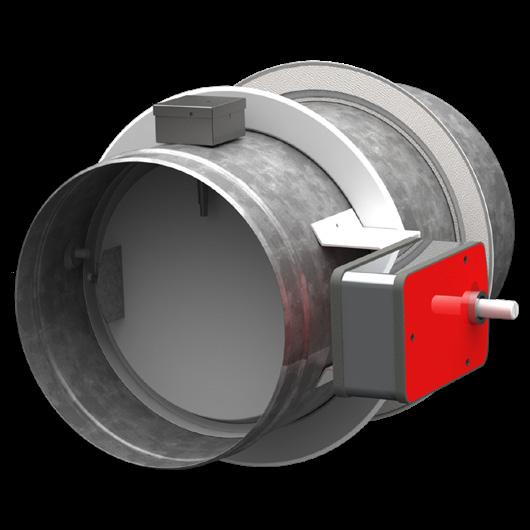

5
The LR Damper Series is available in seven diameters to suit every project: 100 | 125 | 150 | 200 | 250 | 300 | 350
TO LEARN MORE ABOUT LR DAMPER SERIES CONTACT US TODAY! VISIT US AT: www.holyoake.com
CONVENTION SITE VISIT

The IRHACE Canterbury/Westland Branch held a site tour of the recently opened and controversial new Te Pae Convention Centre in central Christchurch on June 20th. The event was hopefully the first of many events including site visits, social events and trade nights planned for the forth coming year. The site visit was the first in over 2 years following the past events and curfews imposed by the COVID presence in New Zealand.
The event was attended by and limited to 30 members which was a great turnout for the branch on a cold winters evening in the city.
The tour was presented by Ken Davidson of ASM Global who runs the facility on behalf of the Government. The team were given an overview of the facility followed by a wander round and narrative of numerous plantrooms, auditorium and exhibition spaces covering 3000 sqm. Despite costing a whopping $475 million and being a significant talking point around spending, the centre is already starting to have an impact on local business adding yet another layer of vibrancy to a rapidly emerging city.
The tour was followed by a social gathering which included testing some hop flavoured beverages and slightly healthy snacks at the Terrace waterfront near the facility.
IRHACE Canterbury would like to thank Mr Ken Davidson for taking the time to show us around this marvellous facility. and Brian Walker from IRHACE for organising the event.
Matt Hunter, Canterbury Branch Chair
irhace.org.nz AUGUST 2022
Photo credit: Brian Walker, LM.IRHACE.
SHARE YOUR STORY AND HELP BROADEN YOUNG PEOPLES HORIZONS
Inspiring the Future is an exciting new programme for schools across Aotearoa New Zealand that has been created to broaden young people’s horizons, and help challenge stereotypes that can limit their potential.
At an Inspiring the Future event young people learn about different jobs and why people love doing them, as well as how those people got started in their careers.
There are in-person and online event options so that people have the opportunity to take part no matter where they live.
Anyone, in any job, can be a role model and you can too!
Inspiring the Future needs people from different walks of life to share their stories, and any challenges they had to overcome to be where they are now.
You can sign-up to be a role model at inspiringthefuture.org.nz
WHY INSPIRING THE FUTURE?
Drawing the Future is a national survey commissioned by the Tertiary Education Commission in October 2019. Students aged 7 to 13 were asked to draw a job they wanted to do when they grew up. The results found that more than half of young people aged 7 to 13 see themselves in one of just nine most popular jobs, as well as patterns of unconscious bias about gender, ethnicity and socio-economic status.
“In 2020, the education sector conducted a study into the work aspirations of primary school kids; among the top three choices were, Sportspersons, Gamers and Social influencers. That scared the hell out of me; my son was part of this group wanting to be a Youtuber; it should threaten the entire planet, as without people to design and install, maintain and repair things, and even people, all of our futures are in serious jeopardy. Therefore, I strongly recommend being a role model for Inspiring the Future. It’s been a worthy cause to share my experience and career as an Industrial Refrigeration Technician and encourage the youth early while they start to ponder what they could do in their lives. The gameshow style setting is entertaining for both the kids and the role models; you will not be disappointed.”
– Padraic Durham, Director, Gauge Refrigeration Management Ltd
SHOWCASE YOUR JOB AND OUR INDUSTRY
By taking part, you can showcase your job and our industry to the community while opening children’s eyes to more of the possibilities.
Speaking at an in-school event is a great opportunity for professional development. It will also help raise the profile of our business and demonstrate that our business is a socially responsible one, by engaging with our community and contributing to its ongoing wellbeing.
HOW IT WORKS
When you sign up to be an Inspiring the Future role model, you’ll be asked to complete an online profile and a criminal record check form.
Your profile will be visible to schools on the website after the criminal record check. Teachers can then read your profile and invite you to participate in Inspiring the Future events.
Signing up as a role model doesn’t mean you have to participate in events. You can accept or decline as many event invitations as you wish based on your availability.
7
FOR MORE INFORMATION CONTACT inspiringthefuture.co.nz
IRHACE ATTENDS AASA June 26 & 27 ONLINE FROM TORONTO

ASHRAE has 50,000 members in more than 132 countries. The AASA was established in 1997 and IRHACE is part of this alliance.
AASA meetings are run during the year via virtual link and the latest meeting was held on Monday 27th June 2022 at Toronto, Ontario, Canada. Our Executive Officer, Gina McMaster was in attendance for IRHACE.
The new ASHRAE President for 2022-23 is Farooq Mehboob and his message focuses on some key areas of relationships, knowledge and change as the formula to securing our future. “In the past the diffusion of knowledge and technology across the world took a long time. Today with our rapidly changing environment and instant communications if we do not keep pace with change, we risk obsolescence and irrelevance. What determines how quickly we can react and adapt depends in great part on how well attuned we are to developments and how willing we are to embrace change. We need to be diverse, equitable and inclusive to see, understand and take advantage of what is changing, for our success. Diversity, Equity and Inclusion are critical”.
READ THE FULL PRESIDENTS MESSAGE
From the Editor
In the previous July issue, Page 10, Mid-tier maladies we omitted acknowledgement of “HVAC&R News”, AIRAH and the author Mark Vender, source https://www.hvacrnews.com.au/news/mid-tier-survey-reveals-barriers-to-hvacr-maintenance/
We also acknowledge the “HVAC&R Skills Workshop R32 Refrigerant” on page 17, as being written and developed by AIRAH staff, source https://www.airah.org.au/Content_Files/HVACR-News-journal/2022/02-22-HVAC-Skills-Workshop.pdf
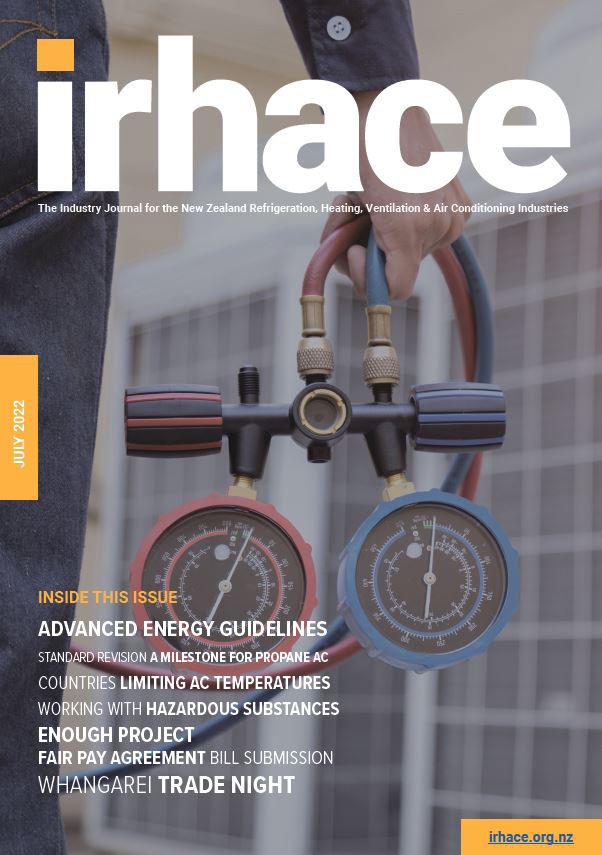
irhace.org.nz AUGUST 2022
COMMERCIAL KITCHEN EXHAUST EFFLUENT & TREATMENT OPTIONS
Enjoying dinner at a restaurant with friends and family may seem like a very normal experience but behind delivering the meal to your table is the generation of airborne effluents resulting from the cooking process. This effluent is discharged to the exterior contributing to environmental pollution with detrimental effect on human health. This article examines the size of the New Zealand hospitality industry, the various cooking processes, the composition of airborne effluent and available control technologies.
The New Zealand Hospitality Industry
Data corresponding to the 2017 year is used for the purpose of illustrating the number of outlets likely to engage in food cooking in New Zealand. However, this number would be expected to have experienced a decline in the current covid environment. From 2018 to year ended March 2020 the hospitality industry experienced an average growth of 3.7% (1)
In 2017 the New Zealand hospitality industry had 17,328 businesses (2). Figure 1 and Figure 2 provide details on the number of outlets and per region.


9
Figure 1: New Zealand hospitality outlets per region (2)
Figure 2: New Zealand hospitality outlets per sector
(2)

In Australia in 2017 there were 35,911 cafés, restaurants and catering business (3).
It would be challenging to determine the number of kitchens worldwide, but Meals Matters estimated that in 2015 there were 1.5 billion (4). Considering this, it would be possible to have an appreciation of the magnitude of emissions being generated through the cooking process and their potential impact on the environment and human health on a global scale.

irhace.org.nz AUGUST 2022
Figure 3: Sales per sector (2)
The Cooking Process
Australian Standard 1668: The Use of Ventilation and Airconditioning in Buildings Part 2 Mechanical Ventilation in Buildings (AS1668.2) (5) categorises cooking processes into seven types as shown in Table 1.
The effluent type and composition is discussed in the next section.

11
Composition of Cooking Process Effluent

Emissions will not only depend on the product being cooked but also on the method or process being used. The effluents given off and shown in Figure 4 include a number of compounds such as water and grease vapour, smoke, particulate matter (PM), smoke made of polycyclic aromatic hydrocarbons (PAHs), carbon monoxide(CO), carbon dioxide (CO2), odour comprising of volatile organic compounds (VOCs) (6).
From studies conducted in the United States it has been possible to quantify emission discharge. In one study carried out in Los Angeles, California 31,000 restaurants were found to have been discharging 11.6 tons of particulate matter on a daily basis from meat cooking (7). Another study carried out in Denver showed that meat cooking contributed 15% of the organic aerosols of particulate size 2.5 µm (8).
Particulate matter includes solid particles and liquid droplets. The ones generated in the cooking process range from ultra-fine particles, 0.01 µm, to very large particles, 100 µm (9). There are indications that particulate matter is having an impact on global warming and cloud formation (10) (11) (12). The human body through the nose and upper respiratory system can filter particles >10 µm. However, is not capable of filtering particles smaller than this and therefore particles <10 µm have the potential to cause health problems (13) (14) (15).
Depending on the type of cooking, grease derives from animal fat, vegetable fat and oils. The latter is regarded as relatively non-volatile but forming films and deposits (16). In their composition, oils and grease become triglyceride molecules from the mixing of glycerol and fatty acids (16). Heating of fats and oils become volatile products when combined with air (17). There are three categories of grease particles in accordance with their particulate size (18). That is, grease smoke 0.03 µm to 0.5 µm, grease steam 0.5 µm to 6.0 µm and grease spatter, 6.0 µm to 150 µm. It is considered that particles larger than 20 µm are too heavy to be carried by the airstream. Table 2 shows level of grease content for various cooking processes.
irhace.org.nz AUGUST 2022
Figure 4: Composition of exhaust emissions from cooking process (6)
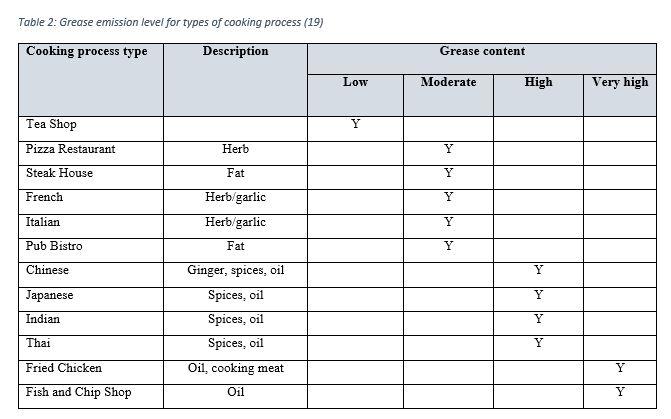
Examination of emissions in various cooking process was carried out by The American Society of Heating, Refrigeration and Air Conditioning Engineers (ASHRAE) in their research project RP-745: Identification and Characterisation of Effluents from Various Cooking Appliances and Processes as Related to Optimum Design of Kitchen Ventilation Systems.
various cooking processes. From those results gas broiling a hamburger
content, in the order of 53 lb (24 kg) of grease/1000 lb (453 kg) of food cooked. However, using an electric broiler process the emissions were lower and in the order of 38 lb (17 kg) of grease/1000 lb (453 kg) of food cooked. In the broiling process the product being cooked is exposed to the radiant heat of a gas flame, electric element or coal (20). All other tested processes were below the 20 lb (9 kg)/1000 lb (453 kg) level.

13
Figure 5 shows the total amount of grease emissions through
resulted in the highest grease emission
Figure 6 looks at the two groups of by-products, that is, particulate matter (PM) versus grease vapour for various cooking processes. For the cooking processes: gas griddle, gas fryer gas broiler and electric broiler, the largest percentage is made of particulate matter (PM) whereas in the remaining processes grease vapour is more predominant than PM. According to the information shown in Figure 5, concentrations of particulate and grease vapour varied depending on the type cooking process, however, for particulate matter this is in the range of about low 3% to a maximum of 70%, whereas for grease vapour varies from 30% to over 90% (9) as shown in Figure 6.
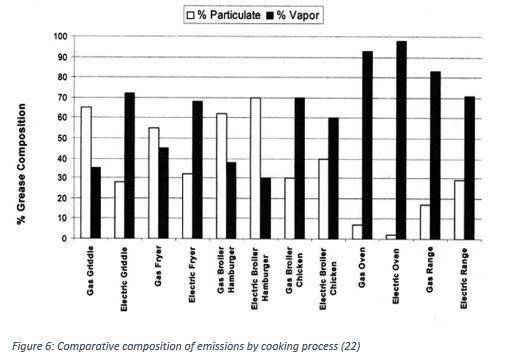
The results of the analysis of percentage of particulate and their size distribution and grease vapour is represented in Figure 7. In Figure 5 the highest emissions were found in the gas broiler hamburger process. For the same cooking process, the particulate size shown in Figure 7 exhibits a wide range from ≤2.5 micron to >10 micron. The grease distribution exhibits variations between a gas and an electric process. Although gas griddle and electric griddle have similar levels of emission, there is strong variation in their composition. That is not so between gas and electric broilers where the total emission varies considerably. The effect of cooking temperature on particle number, size and concentration was assessed in the study by Buonanno et al. (23). It was found that when cooking on a gas stove those parameters increase. Consequently, gas grilling generated more particles than electric grilling.
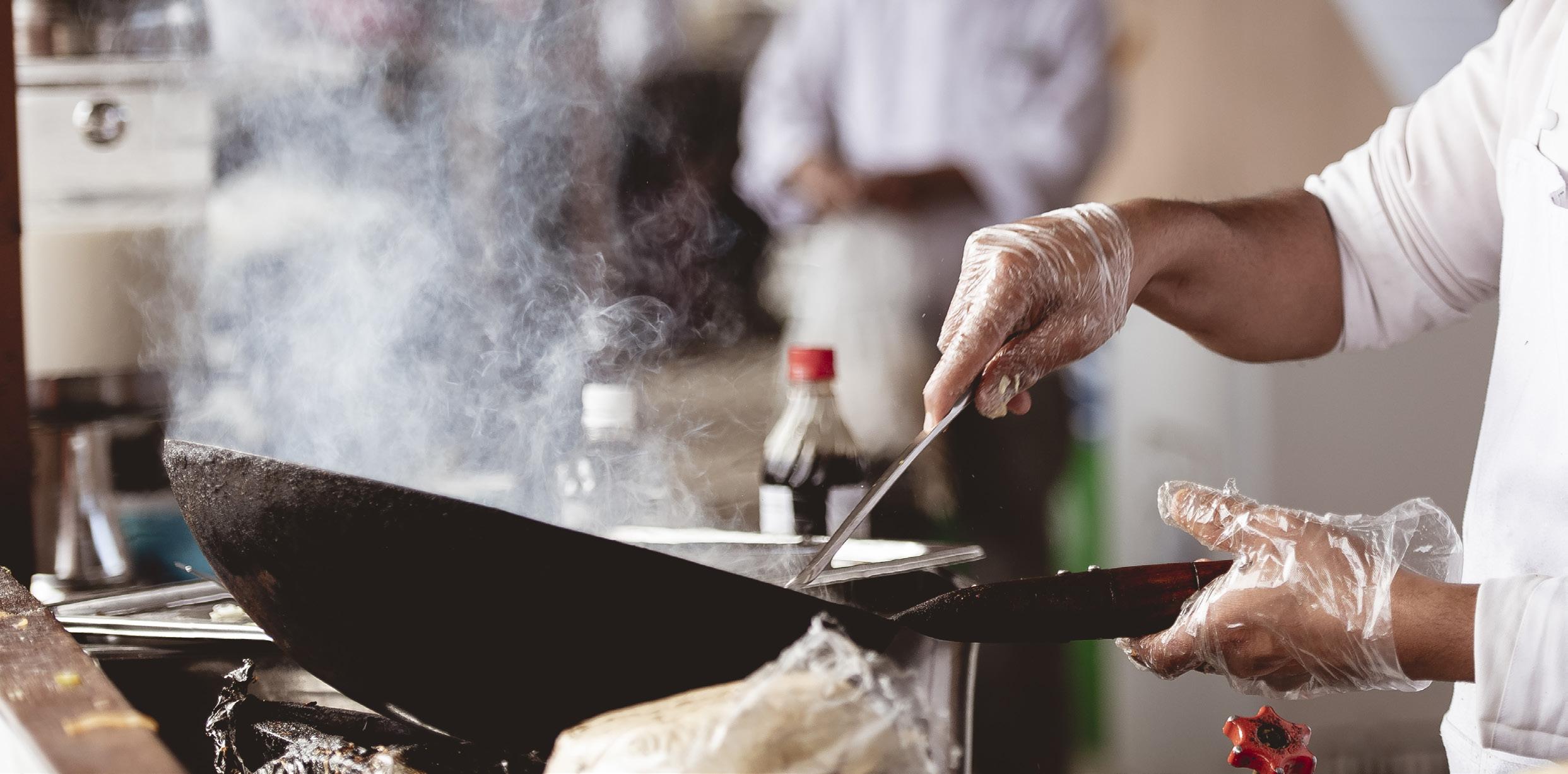
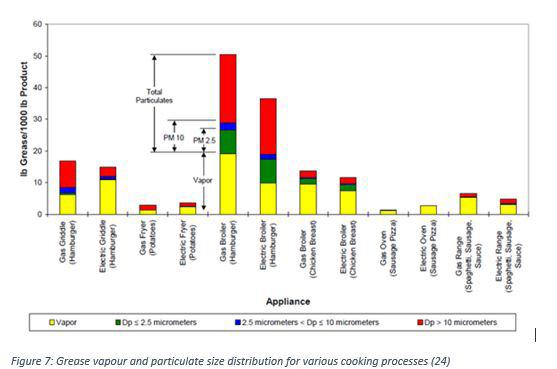
Work carried out by the University of Sydney (25) based on test protocol for type 4 and 5 cooking processes, found that over 90% of the effluent particulate were ≤5 µm. Beef patties and streaky bacon were cooked on a gas chargrill. Table 3 shows the proportions of various particle sizes generated during the cooking process over a period of 400 seconds.
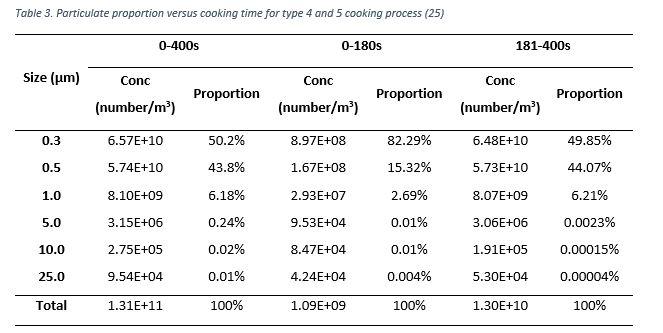
15
Ultrafine Particles (UFP)
These types of particulates are generated during the cooking process and are of special interest since their potential impact on human health as suggested by research (26) (27) (28) (29) (30) (31). Ultrafine particles are generally considered to be in the order of <100 nm, or <100 x 10-9 m or <0.1 µm. However, particle of 2.5 µm are frequently found in smoke (31). Research work conducted on seven cooking oils to determine the ultrafine particle distribution concluded that soybean, canola and safflower oils yielded the lowest emission in terms of mass and number (32). It was found that 76% to 99% of the particles were in the range of 10 to 100 nm of a total range of 10 to 500 nm. In research conducted by Olson and Burke (2006) it was found that burned food, grilling and frying had the highest mass emissions (33). In further research it was found that in the particle size range of <10 µm, particles of 2.5 µm in size made up 80% to 93% of the total (34). A typical Chinese food stall in Singapore, where gas wok cooking is used, was reported to have had 80% of its emissions in the ultrafine range (35).
Smoke / Fume
The definition characterises smoke as a mixture of solid, liquid and gases as the result of combustion or pyrolysis (36). Pyrolysis refers to the breakdown of materials at high temperatures in the absence of air. Smoke and fumes, although most commonly identified as the same thing, fumes are more related to vapour from toxic compounds (9) (37) (38). There are other particles resulting from incomplete combustion of carbonaceous compounds called carbonyl also present in smoke (17). In the cooking process these compounds produced as fats and oils are heated mixed with air. Research has also found that the composition of carbonyl varies with the type of cooking process (17). Table 4 shows the composition of some common carbonyls found in commercial cooking.

Of the compounds shown in Table 4, formaldehyde, acetaldehyde and acrolein are considered toxic and a health risk (6).
irhace.org.nz AUGUST 2022
Additionally, a number of compounds present in smoke are those defined as polycyclic aromatic hydrocarbons (PAHs). Common PAHs encountered in commercial cooking are shown in Table 5.
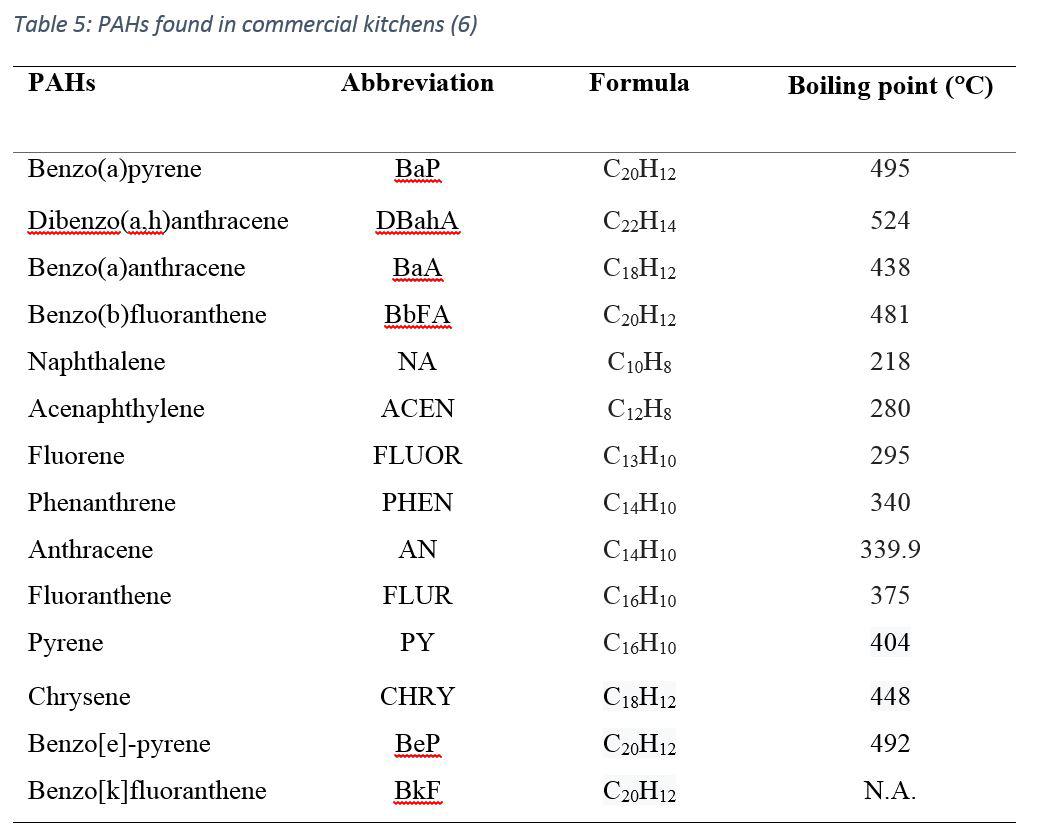
Some studies suggest a link to health issues from long term exposure to fumes from cooking oil (39).
Ash
The term ash is defined as the inorganic deposits left over from combustion (40). It is made up of vapour, fume (<1 µm) and larger particles to various degrees. There is an increasing popularity in the use of solid fuel in the cooking process such as charcoal, wood and others. This may be driven by the effect of flavour that the solid fuel is claimed to have on the food.
Odour
The area of odour perception by humans seems to be complex and dependant on many factors including environmental factors and others unique to the individual (41). However, the cooking process has been reported to yield over one thousand compounds (42). These include hydrocarbons, alcohols, phenols, aldehydes, ketones etc. Table 6 shows the various compounds generated by commercial cooking processes. Table 7 shows the odour concentrations for various cooking processes with fried chicken and fish and chips generating the largest amount of odour concentration.
17

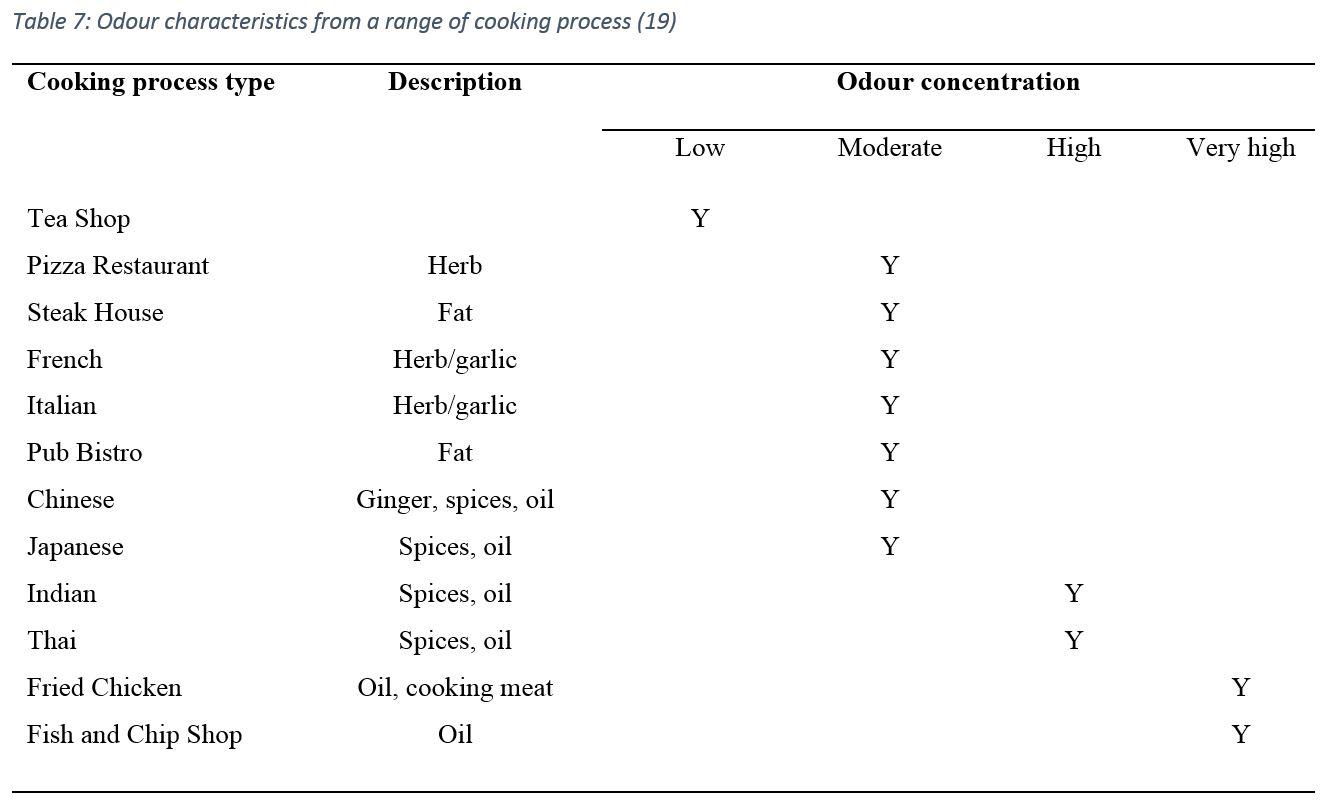
Some of the effects of odour are nausea, headaches, depression, stress, tearfulness and other health issues (43).
Author: Jorge Villazon-Leon, AOM New Zealand, General Manager, Mob: 027 6433750
Jorge has been involved in the HVAC industry for over 30 years in various roles from design, project and general management. He has been a member of IRHACE for just over 30 years
Technical Review: Sven Bolomey, AOM Australia, General Manager
irhace.org.nz AUGUST 2022
READ
OF THIS ARTICLE IN OUR SEPTEMBER ISSUE
PART 2


• NZ’s only full aluminum air handling units for NZ coastal conditions
• Typically 20% lighter than steel AHU’s
• Powder coated and anodised marine grade aluminium as standard
• Double skin foam insulated panels of 23, or 43 mm with latest T2/TB2
Thermal Break Profiles and panel system available
• Full Range of:
SB - Large Fan Coil Units
MC - Customisable AHU
MXR - Heat Recovery AHU
Clever air handling units are of high quality, robust construction, with double skin panels to offer high corrosion resistance for locations exposed to our marine environments.
Our experienced in-house design team provides customised design and flexibility. Our local customised manufacturing and suppliers provides quick delivery regardless of the scale of the project.
Applications include:
• Hospitals & Health Care
• Universities & Schools
• Swimming Pools
• Recreation Facilities
• Data Centres
• Commercial Offices
• Process & Food Industry
• Agriculture
19 Clever Air Handling Units Air Volume Pressure 150 l/s - 21,000 l/s Max. 2,000 Pa Contact us at nzsales@temperzone.com Product information visit www.temperzone.com
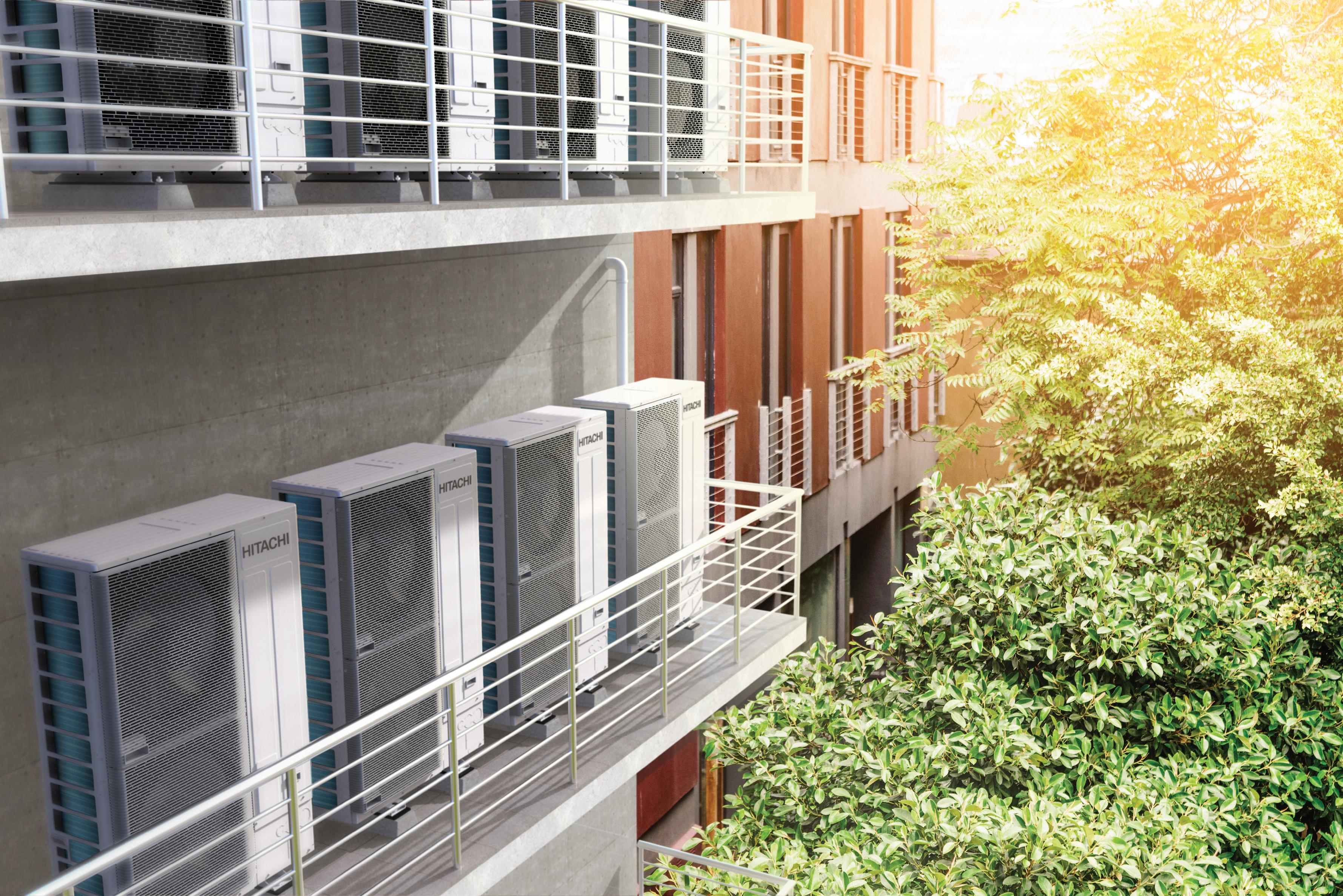

• 0.50m2 footprint for 16HP • 42cm deep, fits almost anywhere Slim • Single cabinet COP up to 4.61 Ultra-Efficient • Up to 500m total piping Versatile • 8~16HP outdoor units • Combine 1~4 units • Up to 54HP Max Modular temperzone.com
IIR
ENCYLOPEDIA OF REFRIGERATION

One of the tools that is available to the HVAC&R industry is the recently released Encyclopedia of Refrigeration produced by the International Institute of Refrigeration (IIR). IRHACE is a corporate member of IIR and we recommend this valuable resource.
The content of the Encyclopedia is classified into themes and you are provided with various sources of information to dig deeper into a topic.
If you are an IIR members you will benefit from exclusive access to content.
21
FOR MORE INFORMATION PLEASE VISIT THE IIFIIR WEBSITE
WELCOME NEW MEMBERS

We welcome our new members to both IRHACE and CCCANZ.
For IRHACE there are four membership types: M.IRHACE by Qualification, M.IRHACE by Experience, Associate and Affiliate. If you do not quality for M.IRHACE or Associate membership you are able to join as an Affiliate member.
CCCANZ has two company membership types of Member and Affiliate and membership star ts from as little as $500 annually.

Adam Peattie
Allan Collop
Andrew Hanson
Andrew Impey
Anthony Smith
Blair Irvine
Brendan Dolan
Chris Prentice
Daniel Farrar
Hayden Pullan
James Buchanan
Jason Williams
Joel Bishop
Josh O’Connor
Joshua Young
Lisamarie Stoneham
Malcolm Miller
Patrick Meisel
Raymond Dun
Trent McDonald
Wayne Som
irhace.org.nz AUGUST 2022
2022
NEW MEMBERS
TKX Engineering LTD 2022
NEW MEMBERS


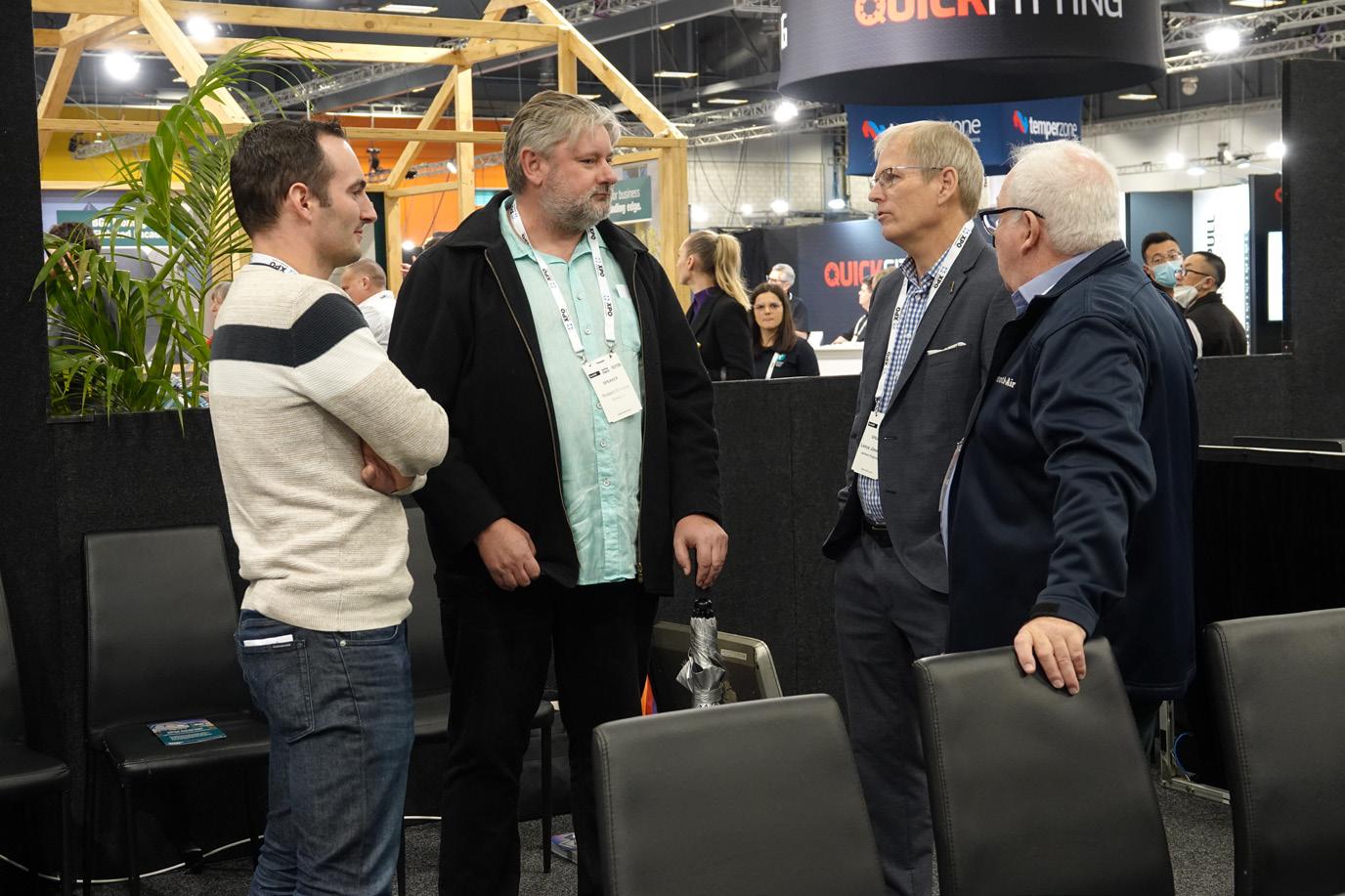
Our industry associations (CCCANZ/ IRHACE/ RLNZ) attended this year’s BuildNZ, Facilities Integrate, and The National Safety Show at the ASB Showgrounds, Auckland in June 2022. This is the first time that we have taken a stand at this event, and it was great to catch up with so many people from across the industry.
Our speakers Lance Jimmieson and Robert Mannes were scheduled for the Wednesday afternoon and spoke on Fit for Purpose Indoor Environments –changing the conversation to embrace our new reality.
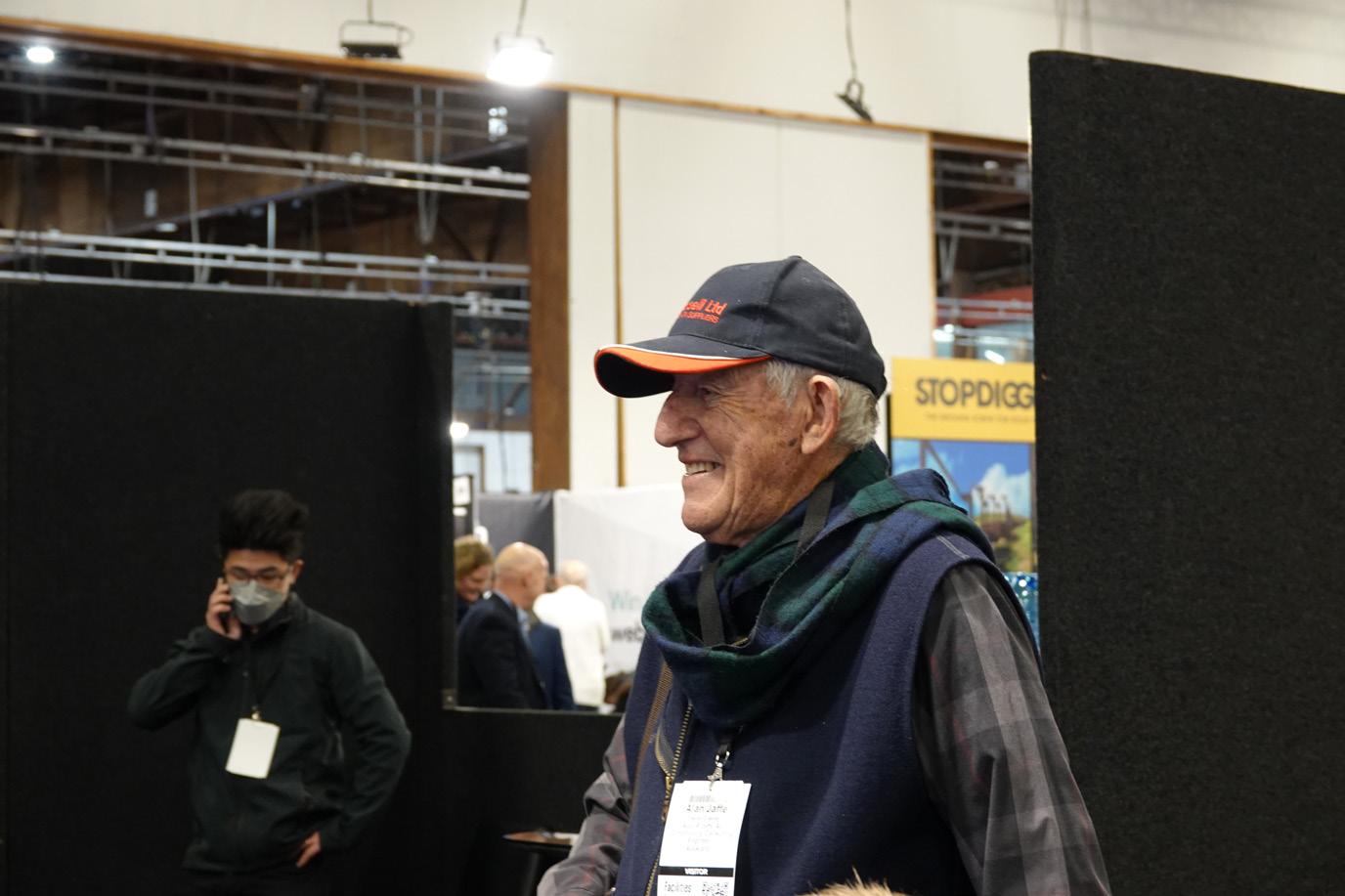
23
Jamie Groen (22 Degrees), Robert Mannes (M.IRHACE, 22 Degrees), Lance Jimmieson (M.IRHACE, Jackson Engineering), Paul Shaw (M.IRHACE, Smooth-Air)
Robert Mannes (M.IRHACE, 22 Degrees) and Lance Jimmieson (M.IRHACE, Jackson Engineering)
Alan Jaffe (LM.IRHACE)
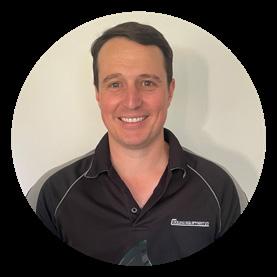
Ryan Thompson
Elias MacKenzie
Chris Arvidson

Binio Binev
Lance Fry
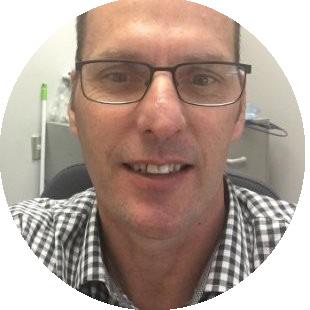


irhace.org.nz AUGUST 2022 IRHACE MEMBERSHIP MILESTONES
10 YEARS
2012
20 YEARS
Hawke
30 YEARS
Moore 09 579 1990 www.eurotec.co.nz sales@eurotec.co.nz CAREL Electronic Expansion Valves (EEVs) are designed to meet any cooling capacity requirements up to 2000 kW in air conditioning and refrigeration applications, and stand out above all for their excellent flow control, even at lower flow-rates. Talk to the Eurotec Team about how CAREL Electronic Expansion Valves can maximise the efficiency of your plant and reduce operating costs. Precision and Energy Savings
Electronic Expansion Valves ENERGY SAVINGS Energy savings are achieved due to the improved efficiency of the refrigeration cycle RELIABLE OVER TIME CAREL EEVs have been lifetime tested in the most critical operating conditions
2002
Ian
1992
William
CAREL

MEMBER COMPANIES
Centigrade
https://www.centigrade.co.nz
07-8887345
Matamata
Clarke Refrigeration Ltd
http://www.clarkerefrigeration.com/ 06-8689092
Gisborne
Climate and Plumbing
https://www.climate.nz 06-7696410
New Plymouth
Climate Control Services Limited
www.climatecontrol.co.nz 09-4783070
Auckland
Coldair Services Ltd
https://www.linkedin.com/in/geoff-martlew-370bb635/ 029-2966579
Auckland
Chillex Group
https://www.chillexgroup.co.nz
09-6334072
Auckland
Clarkson Air Conditioning Ltd
https://clarksonaircon.co.nz/ 09-9120553
Auckland
Climate Change Ltd
www.climatechangeheatpumps.co.nz 03-3494100
Christchurch
Climatech
www.climatechnz.co.nz
09-4381718
Whangarei
Comfort Zone Ltd
http://www.hitachiaircon.com/nz/installers/comfort-zone-limited 09-8274407
Auckland
25
A-Z listing of CCCANZ companies, full listing is available from www.cccanz.org.nz

Hi all,
FROM THE CHAIR

It fells like ground hog day (year) as Covid continued to affect our businesses throughout the year and in particular the Auckland association members with a lengthy lockdown of 100 days. We have all had the same issues of finding enough staff and supply chain issues at the same time of having extra demand due to the building boom.
The CCCANZ board was refreshed this year with four new members Brendon Clarkson, Gary Reily, Phil Mohan and Mark Hoskin.
• Brendon Clarkson put up his hand to represent CCCANZ on the RLNZ board and help with the governance and update of the Refrigerant Handlers and fillers licence.
• Gary Reily took on the role of membership director.
• I would like to thank Gary Ko for all the work he does for all the separate organizations under the HVAC&R umbrella on his thorough accountancy skills.
• Thanks goes out to Greg McCarthy as Vice Chair for his knowledge of how CCCANZ needs to be run as he was a founding board member of CCCANZ.
• Grant Price continues to represent our association on the board of Specialized Trade Contractors association, and we commend him on his commitment to being a voice for our trade.
CCCANZ were involved in countless submissions to different Ministries of Government on refrigerants plus, there were lots of webinars to attend so our views were heard.
There has been changes in the new apprenticeship for Airconditioning Installer which has been delayed again for rollout and at the same time the loss of Competenz as our training facilitator.
We continue to work on developing our Safety Master smart form and a standardized good practice maintenance smart form, we would like to thank SmartTrade for there ongoing help with these important industry compliance smart forms. Plus, we continue to develop the cradle to grave management of synthetic refrigerants which we hope the government will adopt into the Product Stewardship Scheme.
I like to particularly thank Gina McMaster and Lois Badman at the HVAC&R centre for all of their help with offering guidance and being the secretary for our meetings. The centre now is now cloud based which has lowered CCCANZ operation costs. The governance of our association is a lot sounder and some of things we have done has been the contracting of new accountants in conjunction with IRHACE to have better clarity on our accountability to our members. We are looking into a good governance data bank to complete our governance reporting procedures.
We still sponsor Mates in Construction, and this is even more important now more than ever due to the ever-increasing workloads on our staff due to the staff shortages and this applies to the senior management and company owners as we are seeing an increase of stress and mental illness in these times, please look out for others and help them by being a friend or a sounding board.
All the best,
Malcolm Miller, CCCANZ Chair
Read our Annual Report READ PART 1 READ PART 2
irhace.org.nz AUGUST 2022










LIVE EVENTS
www.irhace.org.nz
IRHACE TECHNICAL EDUCATION 2022
Brought to by IRHACE our Webinar series for the HVAC&R industry. IRHACE members* receive access to webinar library as part of their membership.

John Greaves speaking at the recent Trade Night in Whangarei in June 2022 about the use of flammable refrigerants in an air conditioning application.
Only available from the Online Library
Recorded webinars are available to IRHACE Members as part of their membership. If you have missed a previous Live webinar, go to the library to view.
·
*exclusions apply. TOPICS
·
·
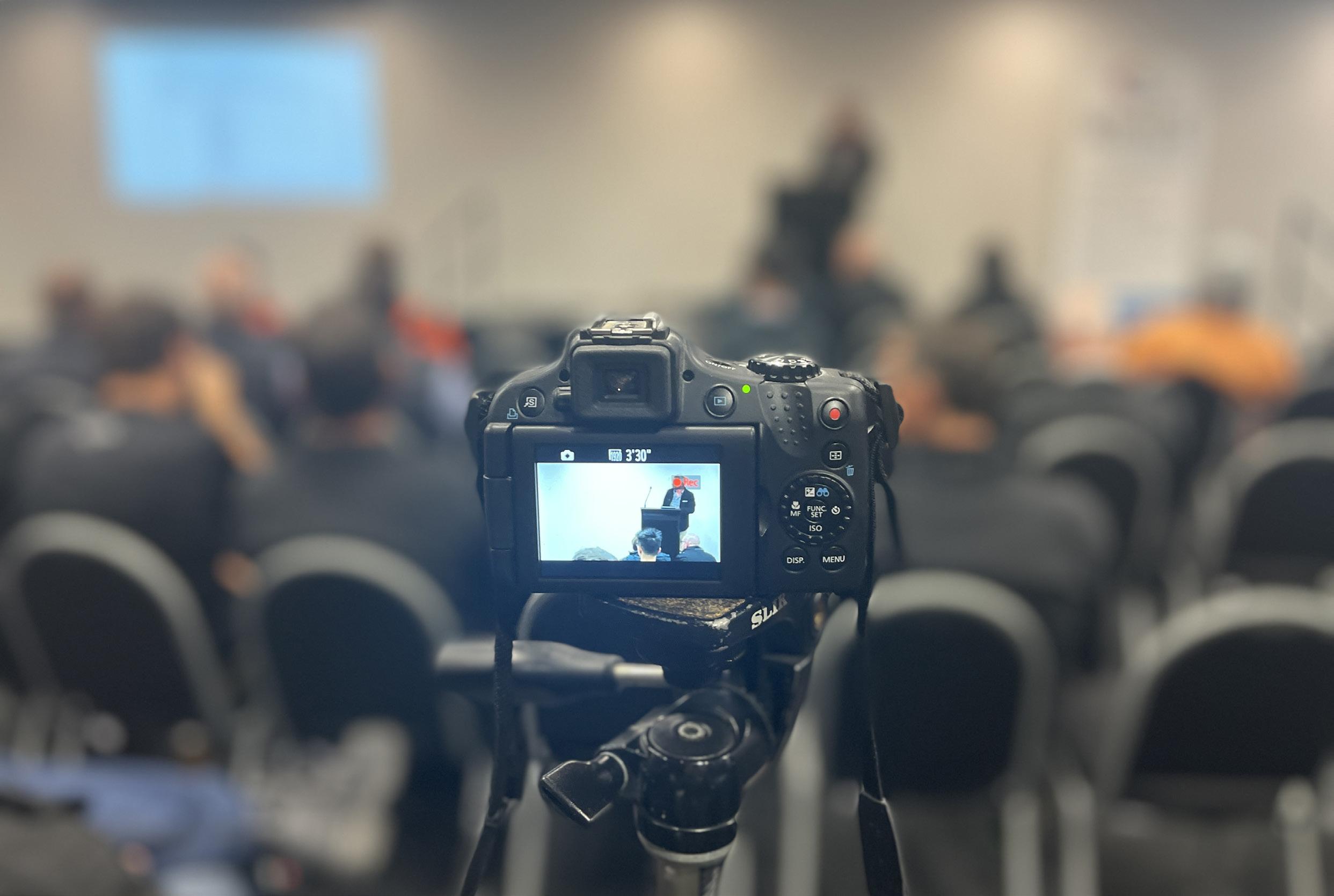
·
19
IRHACE ONLINE LIBRARY LOGIN
AVAILABLE IN ONLINE LIBRARY
Designing with Ventilation Louvres
Expansion work recovery (EWR)
Air Quality ventilation
Covid
and
vapour compression
The application of reinforcement for
cycle control
SPEAKER SERIES 2022
NEW
MEMBER PROFILES
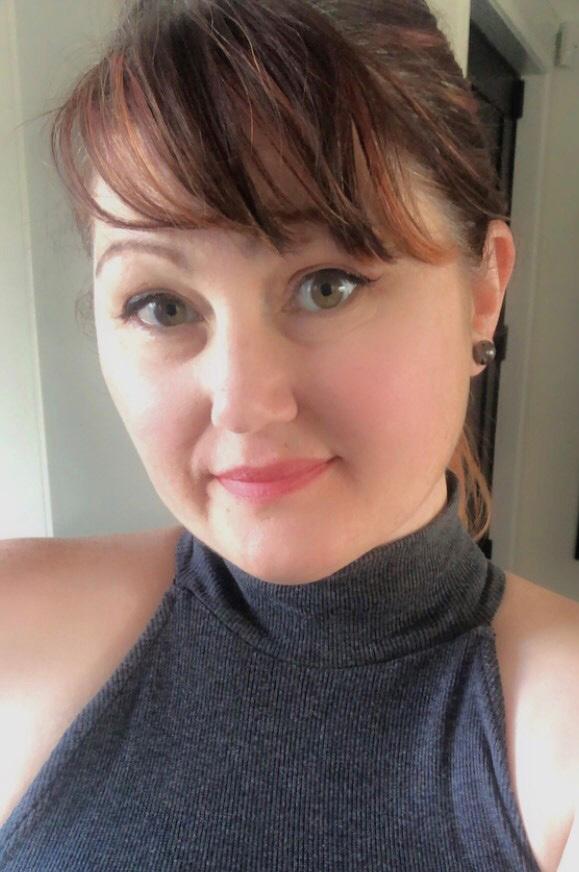
KYLIE GUTHRIE
M.IRHACE, HVAC Designer at Superchill Refrigeration and Air Conditioning in Napier
I ended up in HVAC by chance. I studied marketing at university but found I didn’t enjoy the industry at all. So, I ended up working in the office of a mechanical contracting company in Sydney. I stayed with the company for about 5 years starting out as an office administrator and finishing up as a project manager.
I really enjoy the technical aspect of the job as well as the many different facets there are in this industry. It’s going on 13 years for me now and I am still learning something every day. I joined Superchill for the opportunity to take on a design-based role. Previously I have been more project and management based with estimating, project managing and branch management roles.
I have learned everything I know from being on the practical side of the job. Seeing commercial projects start from tender to design coordination stage, progressing to installation and final testing and commissioning. The companies I have worked for as well as the managers and colleagues I have worked with have always been willing to make time to explain and teach me new things. I feel like my experience and the way I have been able to grow and progress throughout my career shows that there’s room and opportunity for women in the industry.

MARGA DIAZ
M.IRHACE, Account Manager NZ, ebm-papst A&NZ
Studying engineering at university prepared me for what to expect in a male dominated industry on a much smaller (educational) scale. However, working in this environment proved to be a different story. Before venturing the HVAC&R industry, I applied to many companies and believe it or not, was told the job was too “manly” for me – this being after a few interviews.
When I first started working, I didn’t know anything about fans or the HVAC&R industry. This only made me more excited to work in this industry because I know I would get to work with different applications and most importantly, learn new skills.
I enjoy my job because I get to meet like-minded people in the industry. They care about me as a person as well as my professional growth and this motivates me to work with these people. Having started at a young age in this industry was a little intimidating given that the industry is so male dominated. However, I have grown into my role as well as the industry and feel more respected and valued now.
Knowing that the number of females in the industry is steadily growing gives me confidence as well as support to continue achieving my dreams and goals.
29









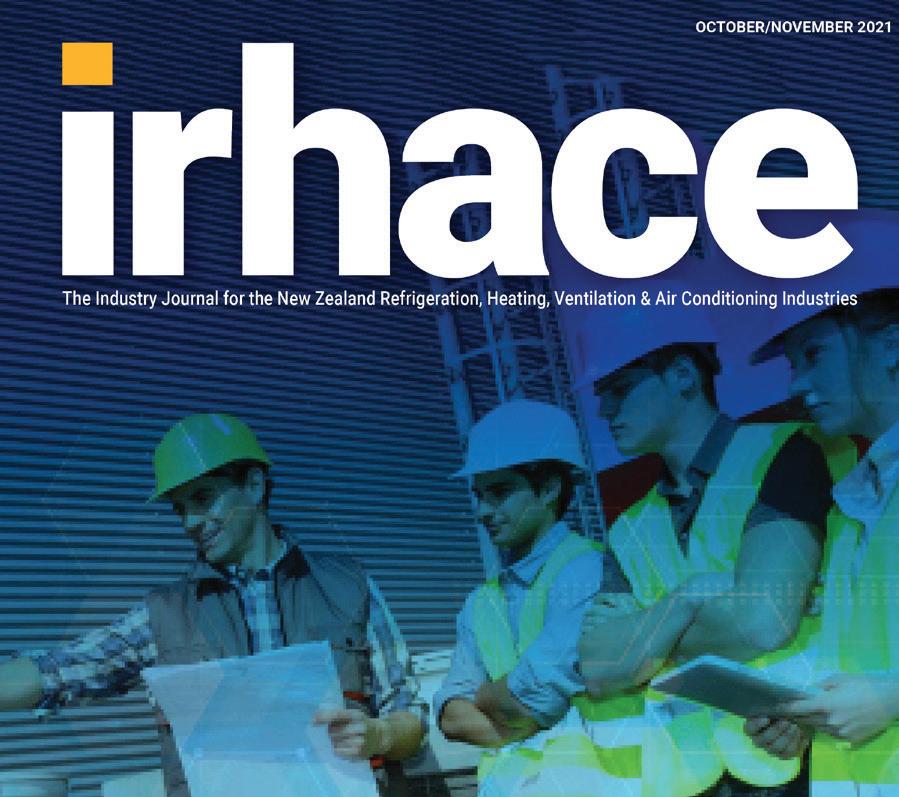
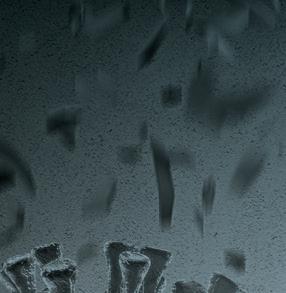

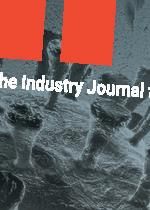

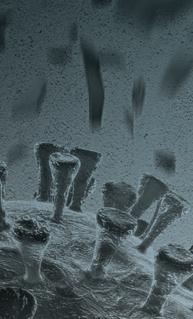

















irhace.org.nz AUGUST 2022




































































































